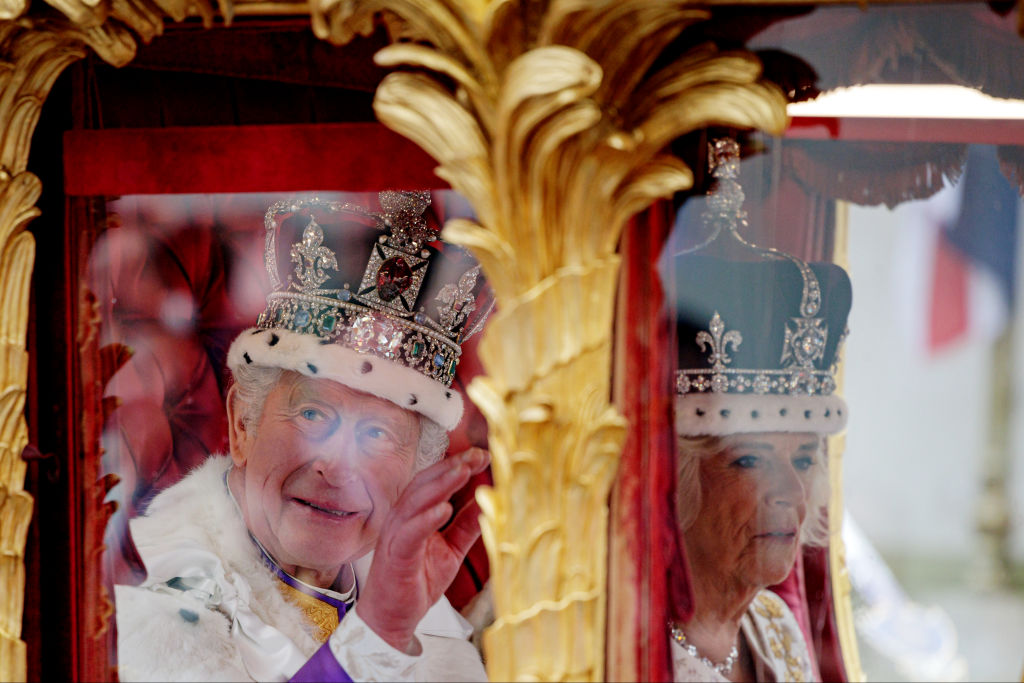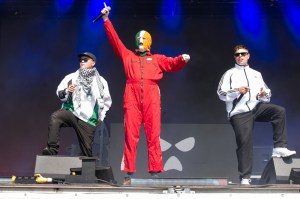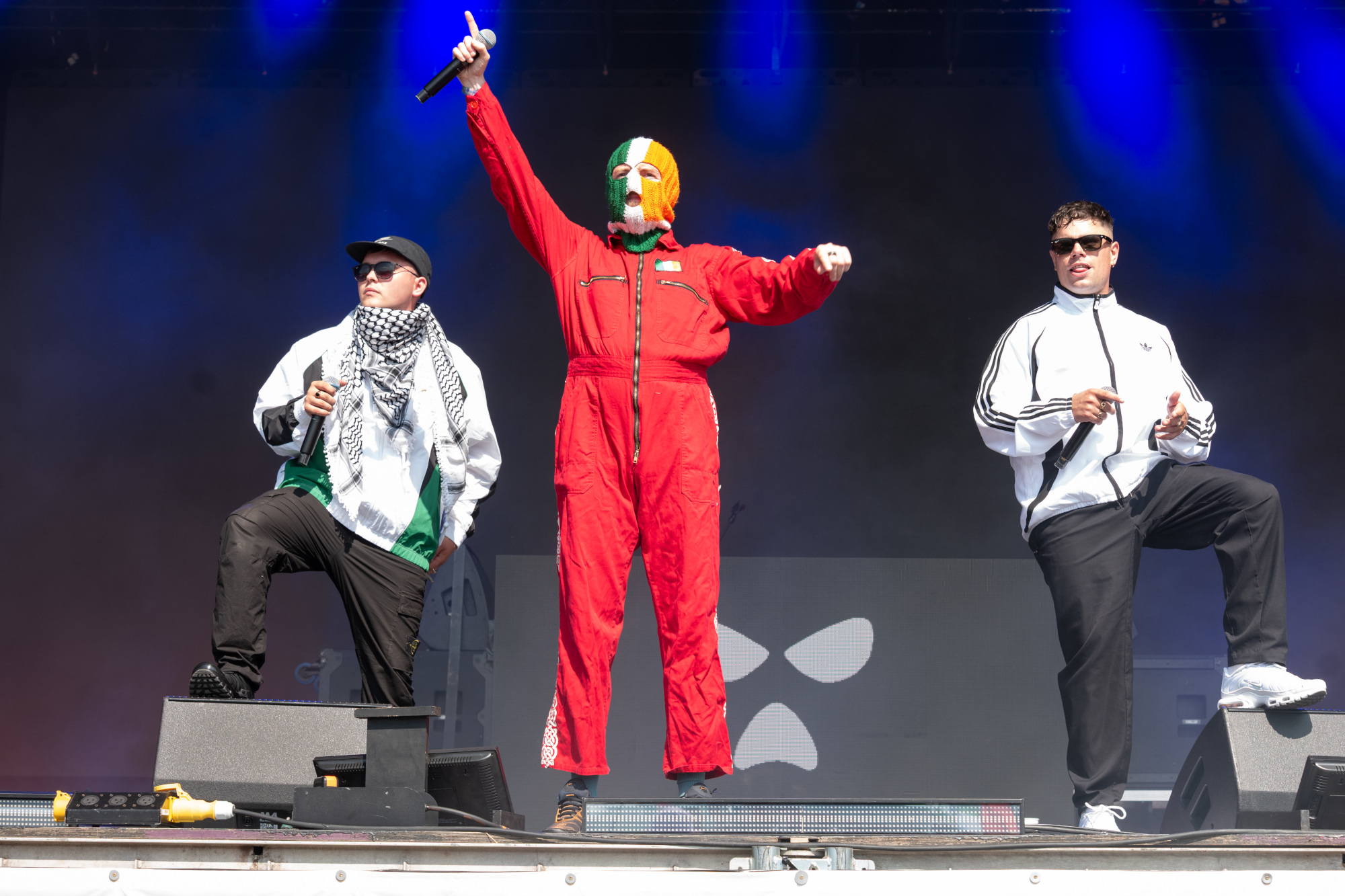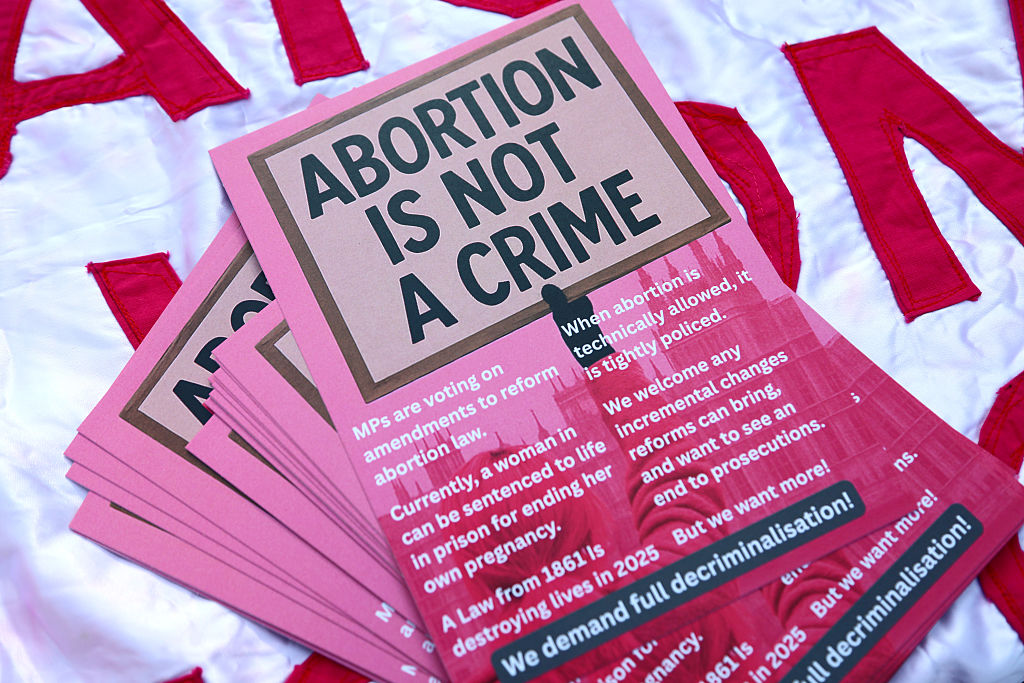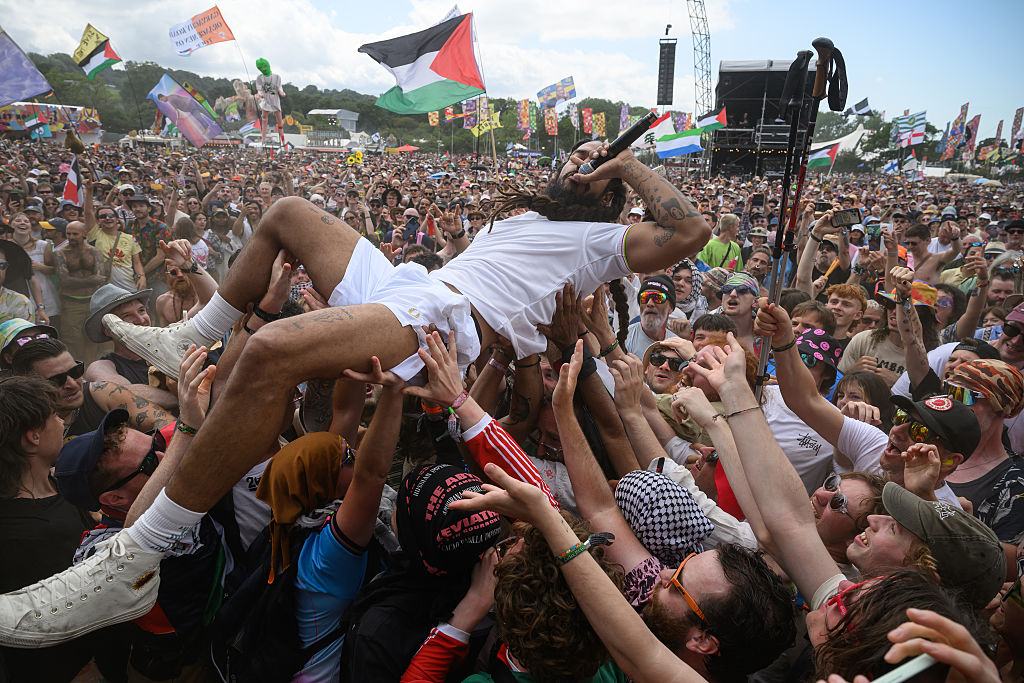In the end, after months of speculation, the coronation was a success. In the run-up, the distracting aspect had been the “will they, won’t they” presence of the Duke and Duchess of Sussex, fanned by their desire to make themselves the center of attention. Yet in the event, Prince Harry was an inconspicuous, even diffident presence, placed several rows back, next to Princesses Eugenie and Beatrice. It was also fitting that Harry and Andrew, the two disgraced royals, entered simultaneously and that the Duke of York was wearing his Garter robes, an ermine-trimmed cloak that made him look rather like a minor villain from a Star Wars film.
We saw him stripped of his robes and finery during the ceremony, a reminder of the humanity that lies beneath the monarchy
But the day was not about the controversial members of the firm. The drizzly, gray weather — not quite as bad as it was for Elizabeth II’s coronation in 1953 — was thoroughly outshone by the dazzling pageantry that took place within Westminster Abbey. There was, naturally, eccentricity both inside and out, because it would not be a great British ceremonial event without it. The guest list attracted suitable eyebrow-raising, because it was unclear as to why the likes of Ant and Dec and the former Spice Girl (surely a Spice Woman by now?) Melanie Brown had been invited, but they all behaved themselves once they were inside the Abbey; there were no ostentatious selfies, no attention-seeking and no attempts to upstage the main business of the day.
While there were furious protests taking place nearby in Trafalgar Square, with the words “not my king” being yelled by a series of angry-looking middle-aged gentlemen, the ceremony lived up to expectations in all regards, albeit with some mild surprises. Charles seems noticeably to have aged since he became king; “uneasy lies the head,” perhaps. This lent a poignancy to his becoming the oldest monarch ever to sit upon St. Edward’s chair, as he was clearly moved by the majesty of the event.
Rumors and reports of a “woke” coronation proved, as usual, to be wide of the mark. Although there were nods to the diversity of Britain — “the first time during the coronation that we have heard the joyful sound of gospel music,” as Huw Edwards remarked with appropriate gravity during the BBC commentary — this was a ceremony at its best when it was at its most traditional. The music was generally spectacular, with Handel’s mighty Zadok the Priest the stand-out, but Andrew Lloyd Webber’s new anthem was a limp offering that is not designed to linger in the memory for long and seemed out of place amid the otherwise well-oiled machine.
Talking of oil, there were moments of pageantry during the service that seemed almost absurd. Penny Mordaunt marching around straight-faced wielding an enormous sword was amusing and the presence of the sacred glove did seem ridiculous. Not since the heyday of Michael Jackson has a single white glove received such attention. And the less said about “the rod of equity and mercy,” the better. Set against this were deeply moving moments of ritual and tradition, as Charles took on his birthright — after decades of waiting — and implicitly prepared one day to pass it onto Prince William, indicating that the monarchy shows no signs of disappearing from public life if they have anything to do with it.
Yet it is a responsibility that they are prepared to embrace. As the new King stated early on in the coronation, “I come not to be served, but to serve.” We saw him stripped of his robes and finery during the ceremony, a reminder of the humanity that lies beneath the monarchy. Saturday’s events reminded us too that republicans face a struggle to be heard in a country that is still pro-monarchist — and what a show Britain’s royals can perform when they need to, as well.
This article was originally published on The Spectator’s UK website.



